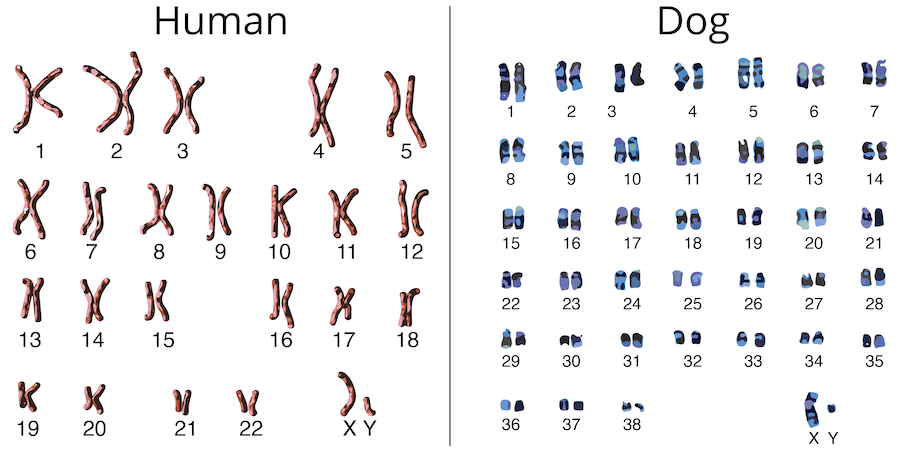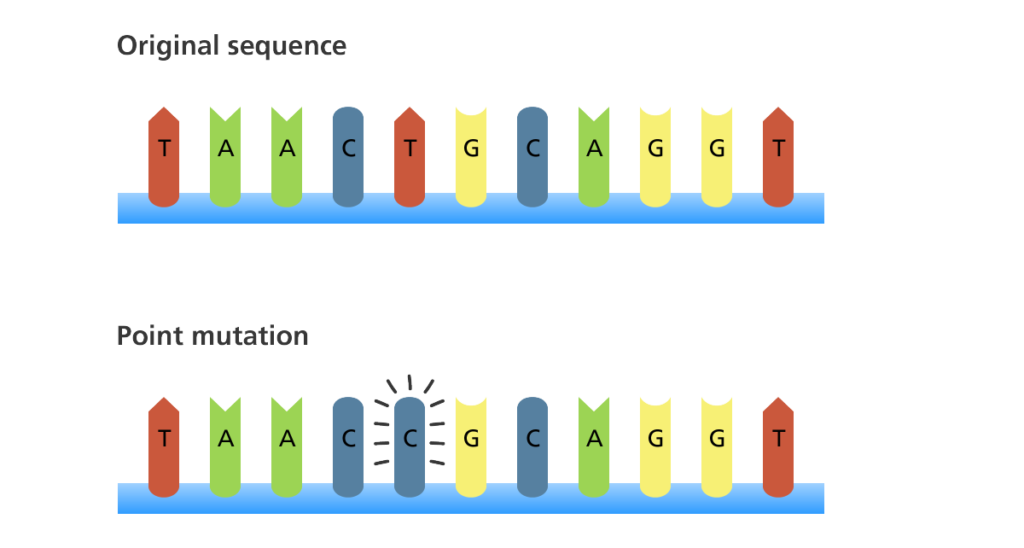
April 25th is National DNA Day and commemorates the day in 1953 when James Watson, Francis Crick, Rosalind Franklin, Maurice Wilkins and co-workers published the structure of DNA in the journal Nature.
The Canine Genetics Centre loves DNA – it’s what we spend our days investigating and our spare moments thinking about – so to help celebrate this pivotal moment in scientific history we thought we’d share some fun facts about canine DNA:
The canine genome consists of around 2.4 billion nucleotides, or letters of DNA, which is slightly shorter than the human genome at approximately 3 billion nucleotides
If every letter of DNA measured 1mm a dog’s genome would be about 2,400km or 1,500 miles long, almost stretching from Land’s End to John O’Groats and back again
The genome is arranged over 38 pairs of chromosomes and a pair of sex chromosomes
The dog has around 20,000 protein coding genes, that make up just 1% of the DNA. The rest of the DNA is involved with regulating gene expression, providing structural support and lots of processes that we don’t fully understand yet.
Dogs and humans share about 84% of their DNA
Dogs of different breeds share about 99.75% of their DNA whereas dogs of the same breed share around 99.8% of their DNA
When a fertilised egg divides and becomes two cells the whole genome is copied – all 2.4 billion letters. And that happens every single time a cell divides. When you consider that than an adult dog’s body is made up trillions of cells – that’s a lot of DNA replication!
The cellular machinery is very good at spotting and repairing mistakes that happen during DNA replication, but it’s inevitable that mistakes, or mutations, persist.
Some of these mutations cause inherited diseases. It’s the job of the Canine Genetics Centre to find those disease mutations, from amongst the 2.4 million letters that make up the canine genome, and develop DNA tests to help us tell which dogs are carrying which disease mutations.



